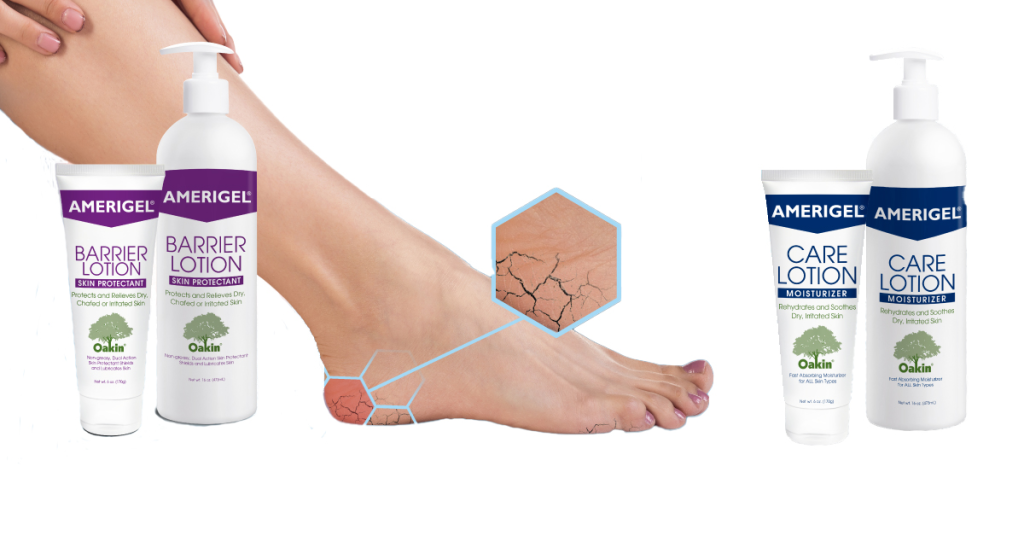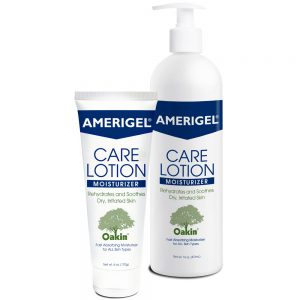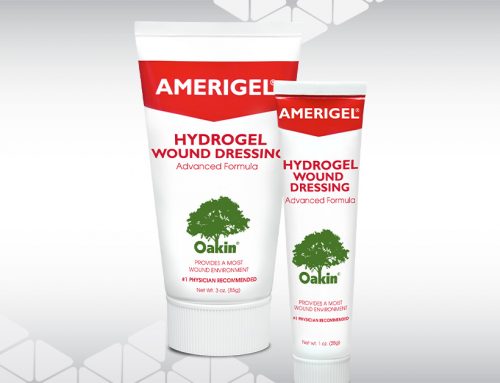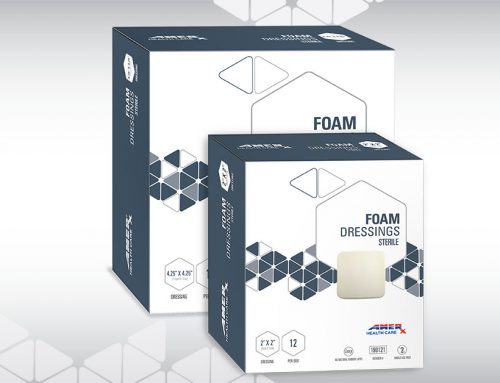What is Tinea Pedis?
Athlete’s foot, or tinea pedis, is a condition of the skin on the feet caused by a fungus. You can get this kind of fungal infection from dermatophytes, which are living organisms that live on skin. Because these fungi like warm, damp places, the feet are a great place for an infection to develop.
What are the most common locations for Tinea Pedis?
The affected areas vary from person to person, and the severity of the infection impacts the level of involvement. Proper hygiene, keeping feet dry, and avoiding contact with surfaces that are contaminated can all help prevent the spread of tinea pedis.
| The most common places where tinea pedis presents | ||||||
|---|---|---|---|---|---|---|
 |
|
|||||
What are the symptoms of Tinea Pedis?
The skin on your feet, especially between your toes, may turn red, itch, burn, and flake when you have tinea pedis. Sometimes, boils and ulcers may also form. People who come into direct contact with infected skin or surfaces that are already infected, like floors in public showers or locker rooms, can easily get the infection.
Who is at risk for Tinea Pedis?
It is important to remember that anyone can get tinea pedis, even though these things make it more likely. To lower your risk of getting athlete’s foot, keep your feet clean and dry, wear shoes that let air flow through them, and don’t walk around barefoot in public places.
| Factors that can increase the risk of developing tinea pedis include | |||||||||||||
|---|---|---|---|---|---|---|---|---|---|---|---|---|---|
|
 |
||||||||||||
How is Tinea Pedis treated and managed?
Antifungal medications are usually used to treat fungal infections. These medicines can be put on the skin or swallowed, depending on how bad the infection is. Taking care of your feet, keeping them dry, and not going barefoot in public places can help stop tinea pedis from happening and coming back. If the infection doesn’t go away or gets worse, you should see a doctor to get an accurate diagnosis and treatment.
Here are common approaches to treating tinea pedis:
- Good foot hygiene practices include keeping the feet clean and dry. Wash the feet with soap and water, and dry the spaces in between the toes. Moisturize the feet with a high-quality moisturizing cream like AMERIGEL Care Lotion to keep the skin well hydrated. For chafed, chapped, or cracked skin use AMERIGEL Barrier Lotion.
- Antifungal powder used inside shoes can help keep the feet dry and prevent fungal growth.
- For severe or persistent cases of tinea pedis, prescription strength topical medications or oral antifungal medications may be prescribed.
It’s important to follow what the doctor advises and finish the entire treatment plan, even if your symptoms get better before the treatment is completed. It’s important to see a doctor if the infection fails to go away or gets worse, or if there are signs of a second bacterial infection. They may need to make changes to the treatment plan.
If you are experiencing any symptoms suggestive of a medical emergency, always contact a physician or seek urgent care immediately.







